Hey all!
If you’re a regular follower of this blog, you might’ve known that for the past 5 years or so, my primary camera body has been the wonderful Nikon D850. I’ve dragged it through mud and coarse sand, through rain and sweltering heat, and it has never skipped a beat. As much as there is to like about that camera, however, over the last year or two, I’ve wanted just a little bit more than what the D850 could offer.
For some context, I do much of my photography on the fringes of daylight (think 30 minutes before sunrise or after sunset), when available light is close to non-existent and subjects are highly skittish. Auto-focus performance and High-ISO image quality are high priorities under such lighting conditions, and the D850 has, on more than one occasion, struggled to keep up with my demands.
There’s also another problem. The loud mirror slap on the DSLR has often spooked my subjects and while the D850 does have a silent shutter mode, it is restricted to Live View (LV) photography, where the auto-focus is painstakingly slow and inaccurate.
All things considered, I figured I needed an upgrade. Naturally, my first consideration was the mirrorless Z9, but it was a bit too bulky and expensive for my taste. Both the Z6 II and the Z7 II were, in many aspects, a downgrade from my camera, and were never serious contenders to replace the D850 in my bag.
Then Nikon released the Z8 in May 2023, and it appeared to be the natural successor to my camera in every single way. It had, at least on paper, the speed, the AF-capability, and the stealth I was looking for, so I took the plunge.
Summary
In a nutshell, the Z8 does pretty much everything my previous camera did, but better. While I haven’t found a massive difference in image quality (IQ) alone, there are many other changes – the overhauled AF system, much snappier LV photography, and higher burst rates, to mention a few – that add up to make for a vastly improved experience.
Where I didn’t have as quite a positive first impression was, however, the Electronic Viewfinder (EVF). It just looked quite unnatural to my eye, with the colours being slightly oversaturated for my taste. Over time, however, my eyes have gotten adjusted to the electronic display and I don’t find it as bothersome as I used to initially. I still prefer the look of the Optical Viewfinder of the DSLRs, but it’s a compromise I’m willing to accept for the lack of viewfinder blackout and real-time exposure simulation within the EVF.
As of the time of writing this blog post, I’m running Firmware Version V.2.0 on my Z8, but I haven’t yet done enough testing to conclude on the Auto-capture and Pixel Shift shooting modes. I’m sure they’ll come in handy eventually.
Image Quality
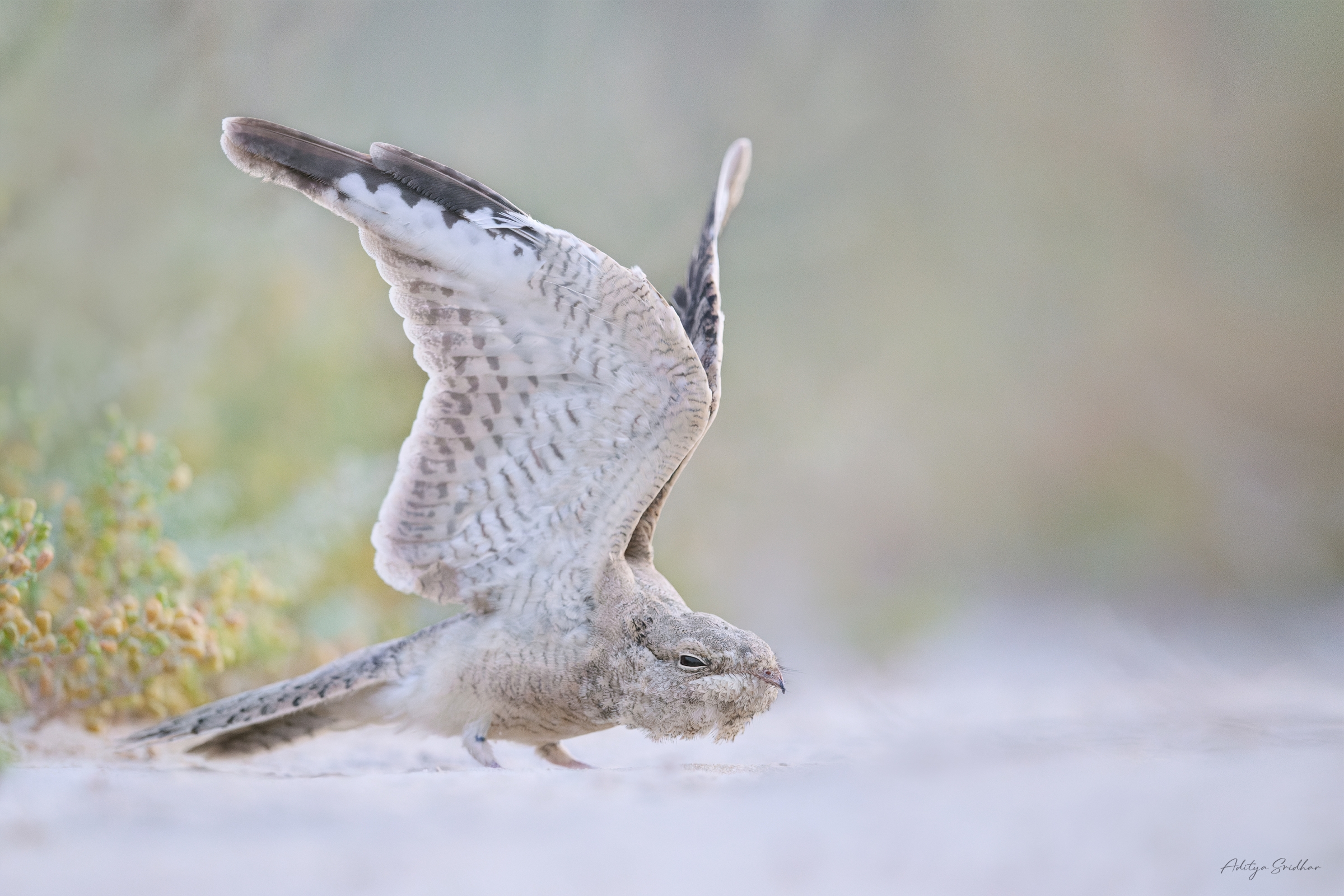
Let’s start with IQ. This section is going to be surprisingly short – in my opinion, the images that the Z8 produces are fantastic. The colors are great and the noise levels are more than manageable even at higher ISOs.
Compared to the D850, noise performance is a decent step-up, but not something I’d consider game-changing. I’m quite comfortable working at the higher-end of the ISO scale, though, and most of the shots I’ve captured of the local Egyptian Nightjars were shot well after sunset at ISOs north of 10000. It’s pretty impressive how far technology has come along over the last few years.

The high-ISO images clean up very well. I use DXO Pure Raw as my primary noise reduction software, and Capture One Pro and Adobe Photoshop for the remainder of my image editing workflow.
Keep in mind that noise is better hidden against lighter backgrounds and when the image has a lot of inherent detail to mask the noise.
Low ISO performance is something I don’t usually care about too much since I don’t usually have the luxury of working at the lower end of the spectrum. For what it’s worth, I’d say IQ at ISOs 100-3200 is pretty amazing with oodles of detail, colour, and contrast.
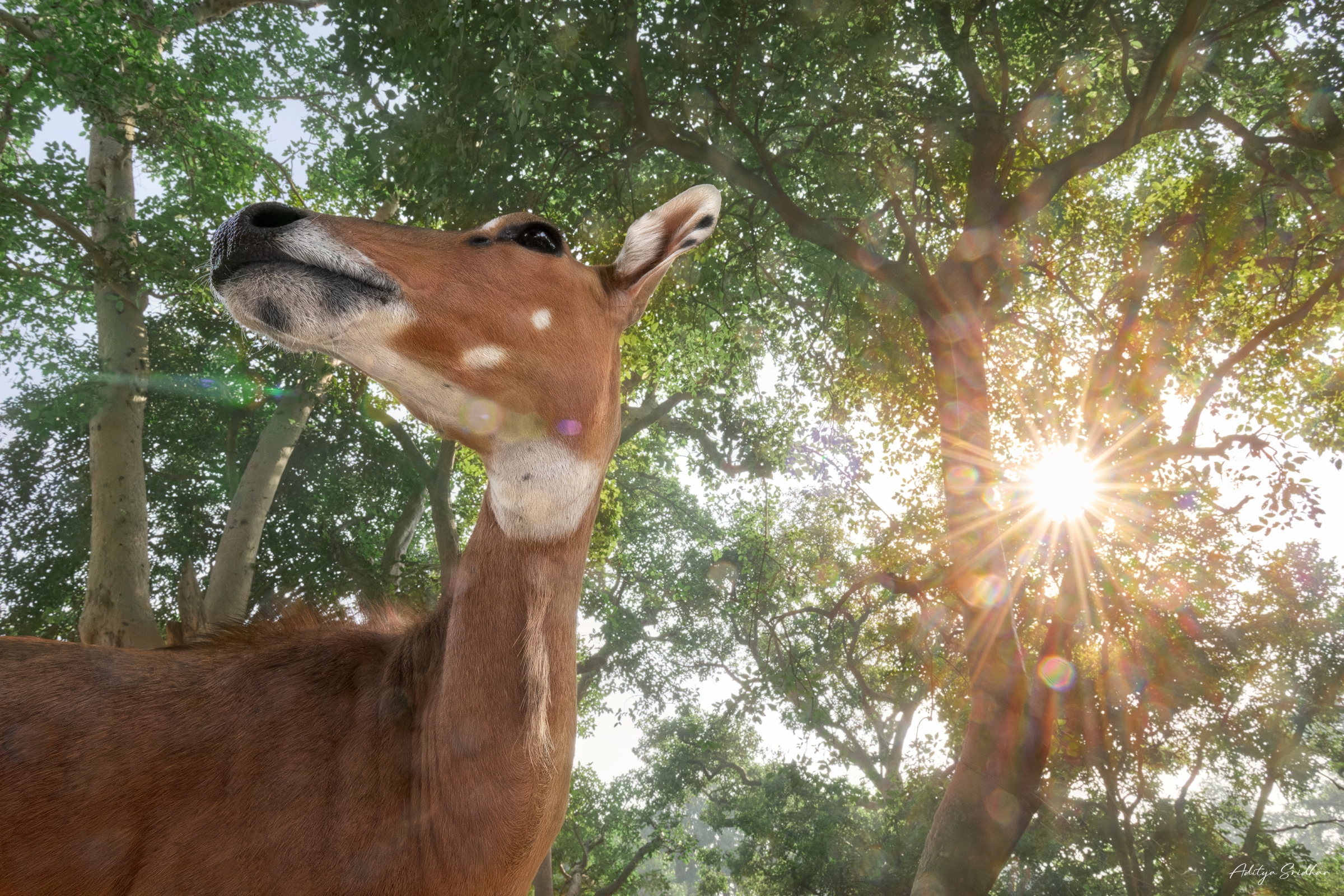
Auto-focus Performance
I suppose this is what most people are interested in, and so was I. I’d heard about the many pitfalls of Nikon mirrorless bodies leading up to the release of the Nikon Z9, and while that body (and all the subsequent firmware updates) did a lot of heavy-lifting in terms of alleviating my concerns, I was still skeptical. It wasn’t until a few months after I got the Z8 into my hands that I felt comfortable enough to form an opinion on its auto-focus performance.
There are loads of variables that factor into the speed and accuracy of a camera’s focusing system. The camera and lens combination, field and atmospheric conditions, the subject’s behaviour, and the lighting all have an impact, both in isolation and when aggregated, on AF performance.
With that being said, I’ve been mostly satisfied with the Z8’s auto-focusing capabilities and it’s certainly a major improvement over the D850. Having used this camera under a variety of field and lighting conditions, and with a number of different subjects, I can safely say that the Z8 can keep pace with my needs.
Initially, I played around with Wide-Area AF, but with the firmware update that added Bird-eye AF, Auto-Area AF’s become my go-to mode for bird photography. Once the camera acquires focus on the subject’s eye, I tend to switch to 3D AF for compositional purposes.

There are some situations where the Bird-eye AF mode still struggles to pick up the subject’s eye, especially when the bird is small in the frame or has an awkward body position. Under most situations, however, the AF system works a treat and is way better than the older DSLR body.

Coupled with the FTZ adapter and F-Mount lenses such the Nikon 500mm f/4e FL, 70-200mm f/4e, and the old 24-70mm f/2.8g, capturing birds in flight has never been easier. I imagine the camera’s performance would be further improved with the use of native Z-mount lenses.
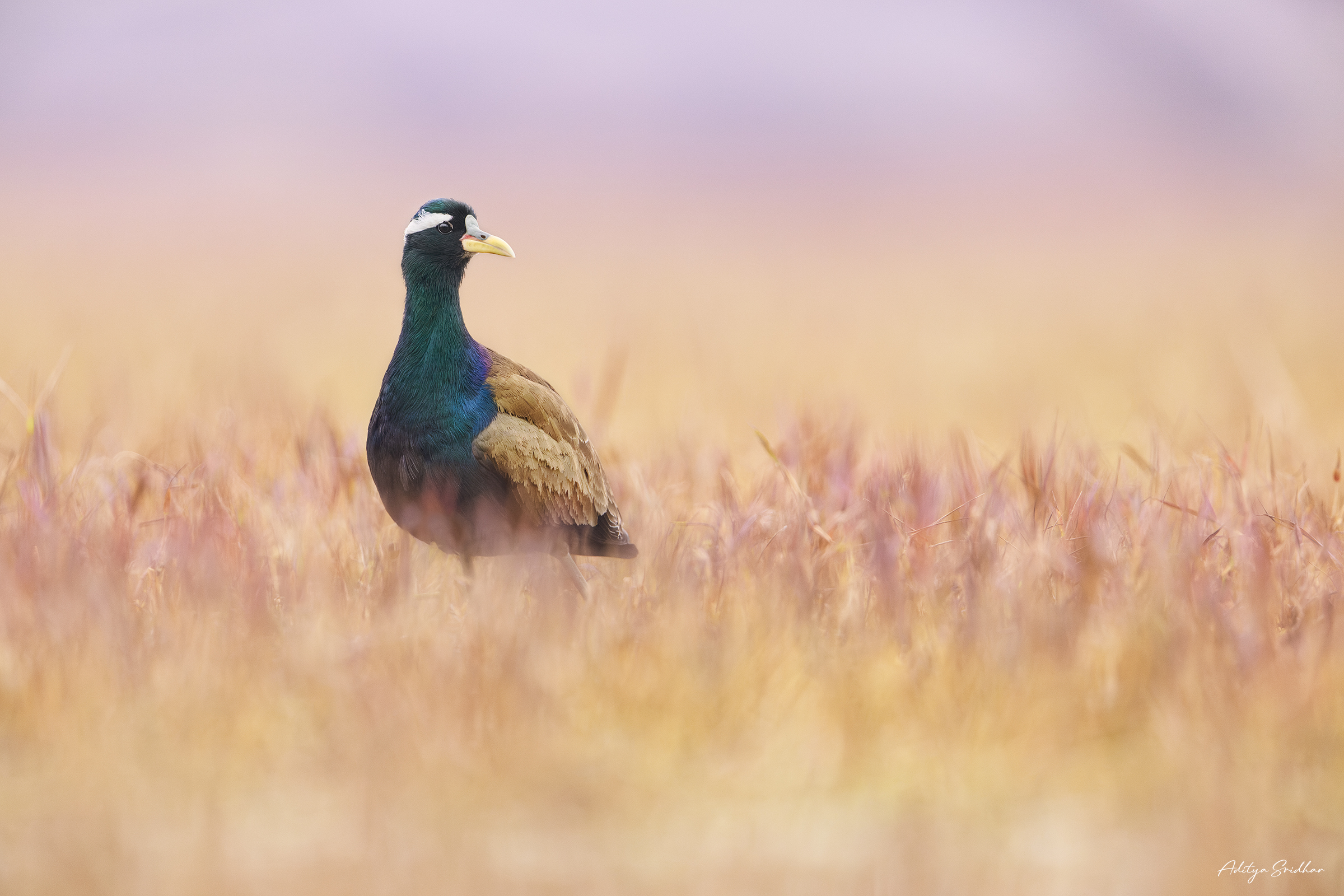
My personal AF set up on the Z8 is as follows:
1. My primary focus mode is set to ‘Auto-Area AF‘ with Bird-eye AF enabled. This allows me to focus on the bird’s eye instantly under most circumstances. I always use the ‘AF-On’ button on the back of the camera to focus.
2. Once focus is acquired, I press’ Fn 1′ to which I’ve assigned ‘3D AF‘. This enables me to move my camera around for the purposes of composition and framing. I find 3D AF to be very sticky once the camera locks onto the target.
3. In situations where the camera struggles to pick up the subject’s eye or fails entirely in detecting the bird, I press ‘Fn 2’ which I’ve assigned ‘Single-point AF‘ to. This a fast, accurate mode when the subject is completely out of focus and has no definition for the camera to pick up on.
4. I also use custom ‘Wide-Area AF‘ modes in some niche situations. For instance, while photographing the Bronze-winged Jacana above, I decided to switch to a narrow ‘Wide-Area AF‘ box to ensure that the reeds of the marshland don’t interfere with the camera’s AF system. This also enabled the camera to lock onto the bird’s eye much more reliably.

Frame Rate, Silent Shutter, and other Auxiliary Features
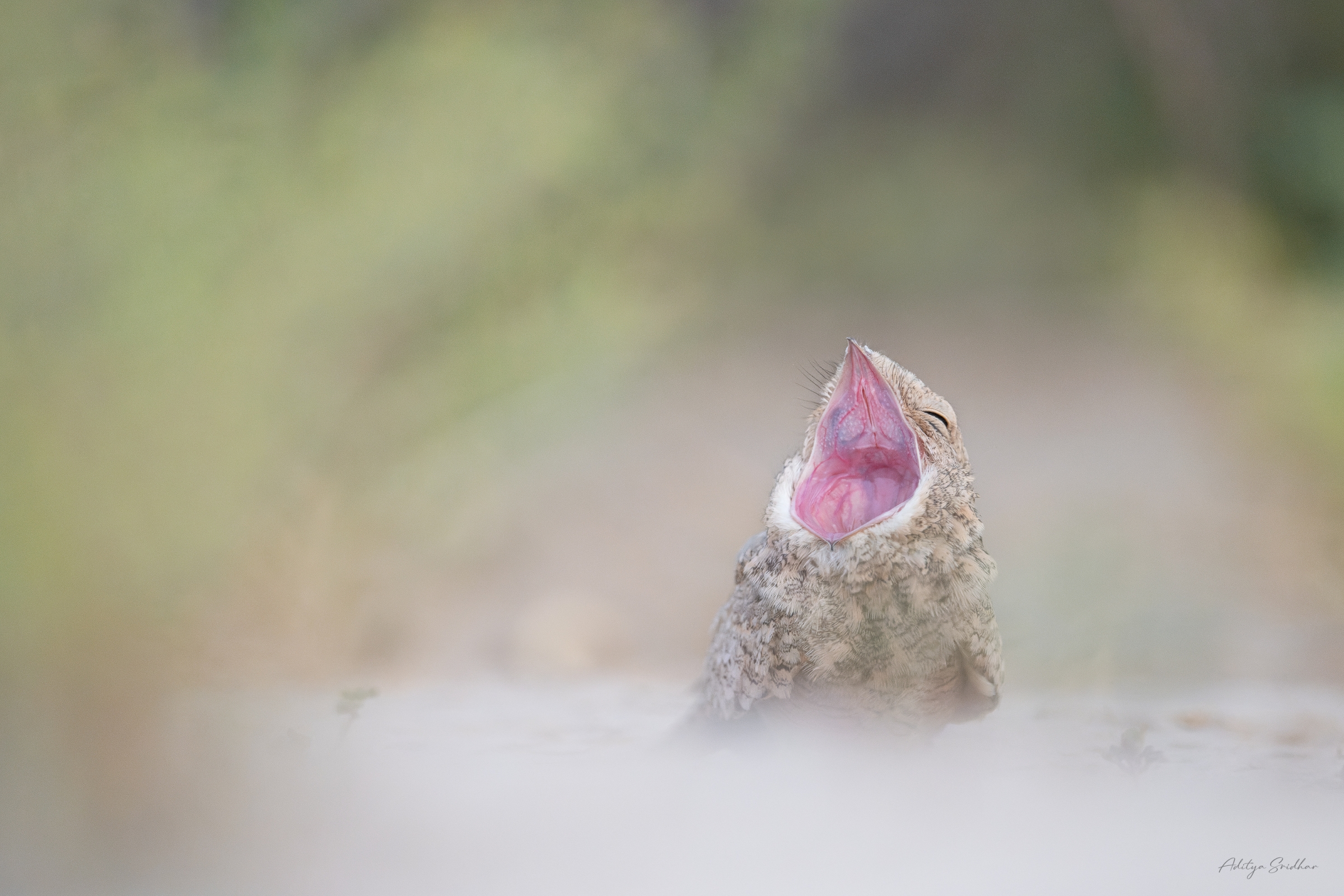
Apart from the AF performance, the features I was looking forward to most on the Z8 were the increased burst rate and the silent shutter feature. Let’s talk about the burst rate first.
The D850 was no tortoise, but it did feel slightly sluggish at times. In the context of nature and bird photography, time is probably the most valuable resource to be managed, and a high burst rate essentially gives you more of it. The 20 frames-per-second (fps) burst rate of the Z8 is approximately three times faster than the D850 which is absolutely game-changing. When photographing the Egyptian Nightjars as they performed their usual evening routines (yawning, wing and neck stretches, etc.), the 20 fps burst feature was undeniably invaluable.
A higher burst rate is not just useful for capturing action, however. What I value a lot more is the ability to shoot at much slower shutter speeds handheld.
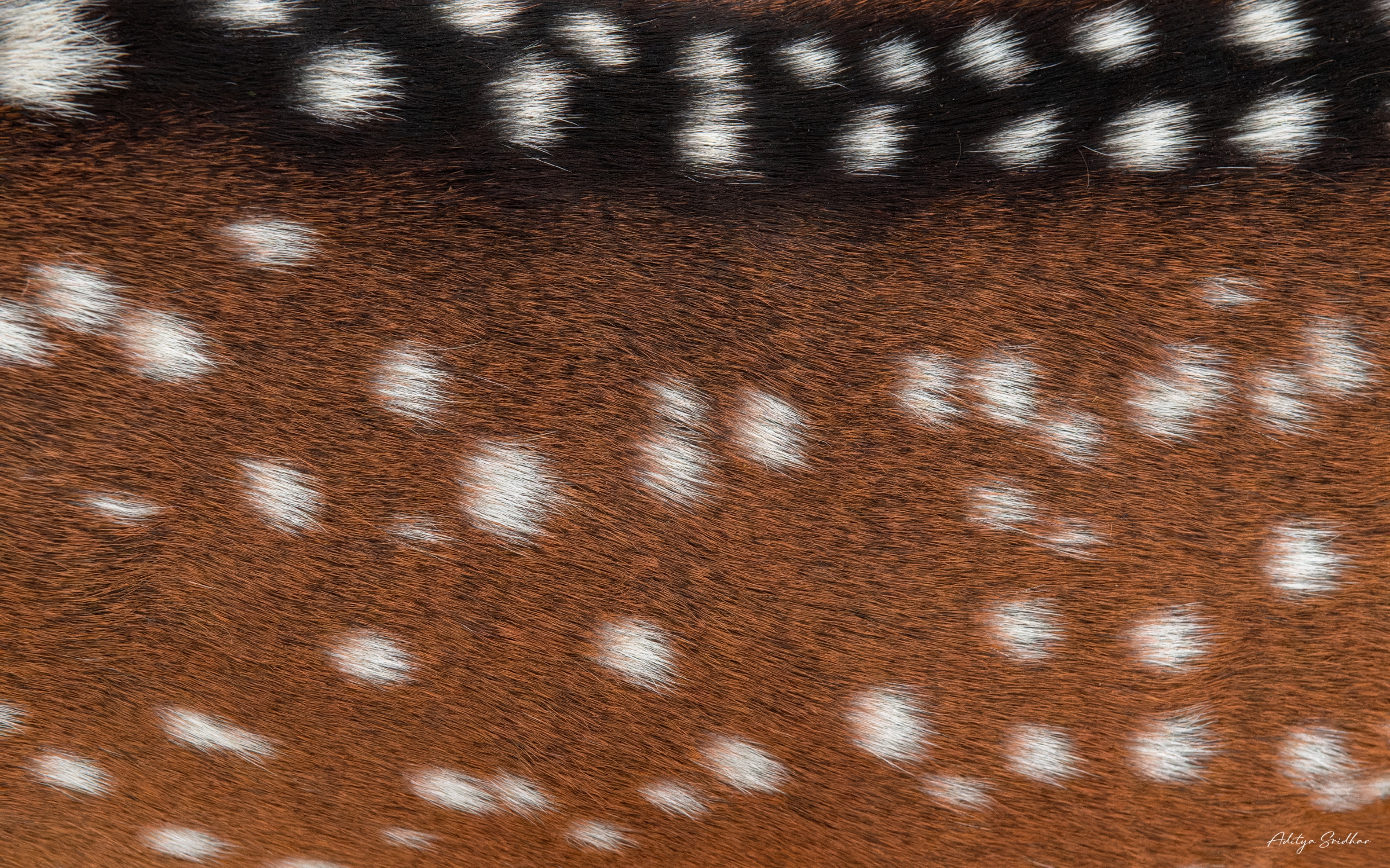
There were a number of situations where I found the high burst rate of the Z8 to be the key to capturing the moment. This image of a Spotted Deer’s fur, for example, was shot at sunset under a dense forest canopy. As you can probably imagine, it was quite dark. I was able to get close to the deer, but to get the right angle to compose this shot, I had to stand on a bench and essentially reach out above the ‘runway’ on the deer’s back with a single outstretched arm and trigger the shutter release.
There was a lot of luck involved, of course, but the high burst rate helped tilt the odds in my favour. I shot a series of 10 frames, of which 3-4 were tack sharp. I had to discard the rest of the series due to motion blur or the fur being slightly out of focus.
I also have to mention, at this point, that the In-Body Stabilisation (IBS) system of the Nikon mirrorless bodies goes a long towards reducing camera shake at lower shutter speeds. While it works great with F-mount lenses (3-Axis stabilisation), it’s amplified even further with the use of native Z-mount lenses (5-Axis stabilisation).

Did I mention that the Z8 does all of this while being completely silent?
This alone has to be the single biggest upgrade over the D850. The mirror slap of the DSLR is a massive pain when photographing extremely skittish subjects such as nightjars, kingfishers, and smaller mammals, and that is a non-issue with the mirrorless body.
I’d mentioned earlier that the D850 does, indeed, have a silent shutter mode. It’s handy in a pinch, but it’s restricted to Live View photography which comes with its own set of problems (slow, unreliable AF being the main issue). There are no such limitations with the Z8, however; the silent shooting feature is available at all times.
Finally, let’s talk about the rear LCD display. The D850’s display was fantastic, but the ability to swivel the Z8’s display to shoot vertically at awkward angles is something I certainly appreciated in the field. It’s a relatively minor improvement, but it’s another very positive step in the right direction.

This, for example, is a shot I don’t think I could’ve captured with the D850. It might seem innocuous, but there were many factors going against this composition.
First off, this was shot in an earlier firmware version when Bird-eye AF wasn’t available on the Z8. Instead, I had to rely on a custom Wide-Area AF to track and maintain focus on the bird, which it did flawlessly. I was shooting through a lot of foliage so I didn’t have a lot of light to work with. I managed to get relatively close to the bird so silence was key, and I was in a very awkward position so I had to focus using the rear LCD.
All of the features of the Z8 I’ve mentioned thus far in this blog post had to come together to make this image possible.
It’s one of the many, many examples I have that illustrate the benefits of having a mirrorless body over a DSLR. It’s not one massive leap but the sum of numerous, seemingly minor, changes that make the Z8 the rightful successor to the D850.
Battery life is the one area everyone seemed to be concerned about in a pro mirrorless body but, in my testing, I’ve found the Z8’s longevity to be only slightly worse than the D850’s – I’d estimate about 80% of the older DSLR’s battery life – so no worries there. Of course, a battery grip would lay those concerns to rest at the cost of additional bulk.
Concluding Thoughts (and my plans for the D850 going forward)
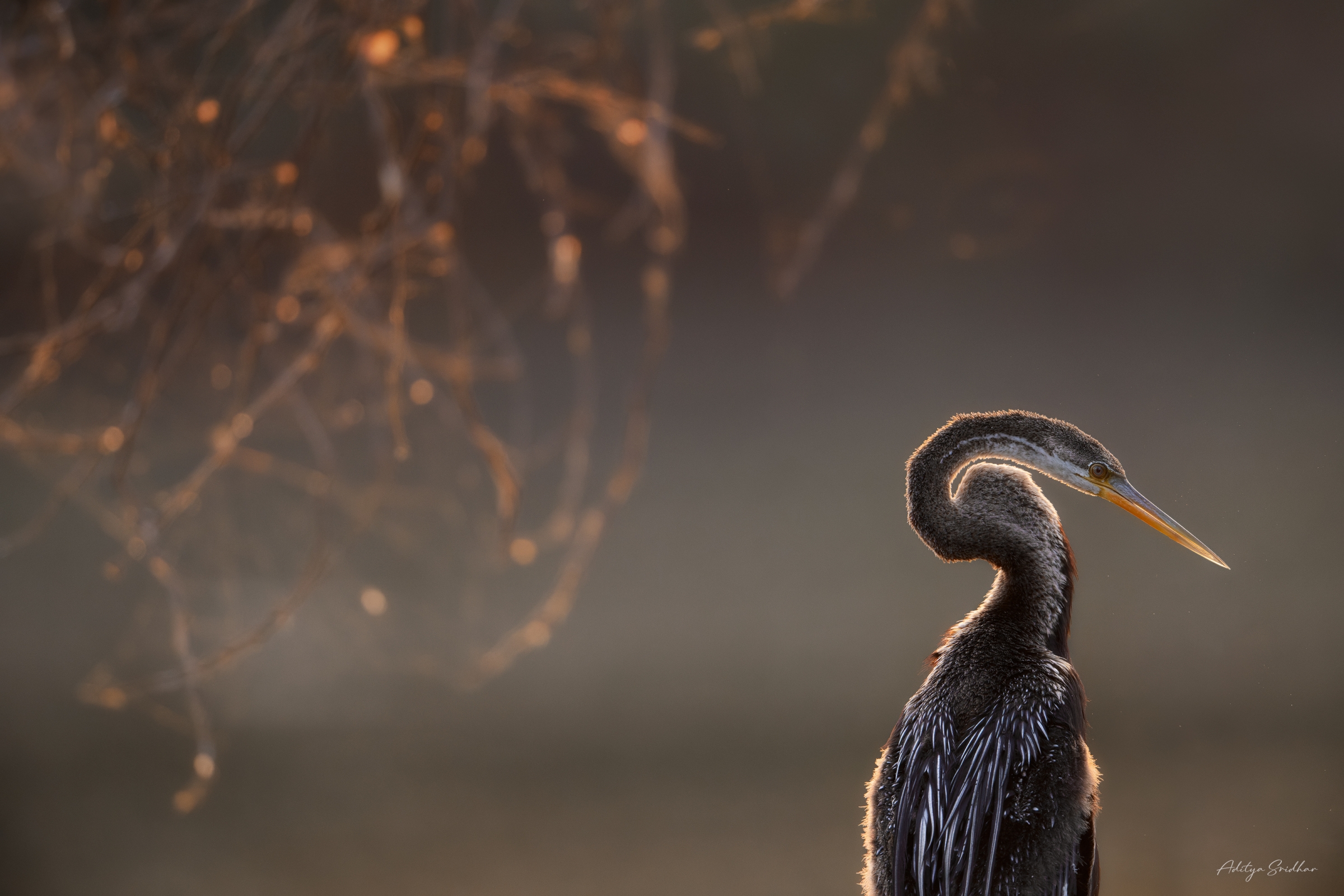
So yeah, I’m sold on the Z8.
It’s hardly surprising when you think about it. It ticks all of the major boxes I look for in a wildlife photography body, and I haven’t even delved into video yet. It’s an incredibly well-rounded camera, just like the D850 was when it was announced back in 2017.
Speaking of the D850, you might be wondering how and if at all I’d even use the old DSLR now that it’s been replaced in my camera bag. Well, the answer isn’t straightforward. While it’s true that I’ve very limited use cases where I’d pick the D850 over the Z8, such scenarios do, in fact, exist.
I’ve plans to set up remote camera triggers for some of the projects I have in mind of photographing some shy birds with a wide angle lens, and an additional camera body of the D850’s caliber could prove to be very handy. Coupled with a CamRanger Wi-Fi adapter, it could be the perfect secondary body to use in parallel to the Z8. Only time will tell how that endeavour goes, but hey, that might just be the right material for a future blog post.
I hope you found this post interesting and informative! If you’d like to ask me any specific questions regarding the Nikon Z8, please feel free to leave a comment down below or send me a direct message on Instagram (@aditya.sridhar) and I’ll get back to you as soon as possible!


